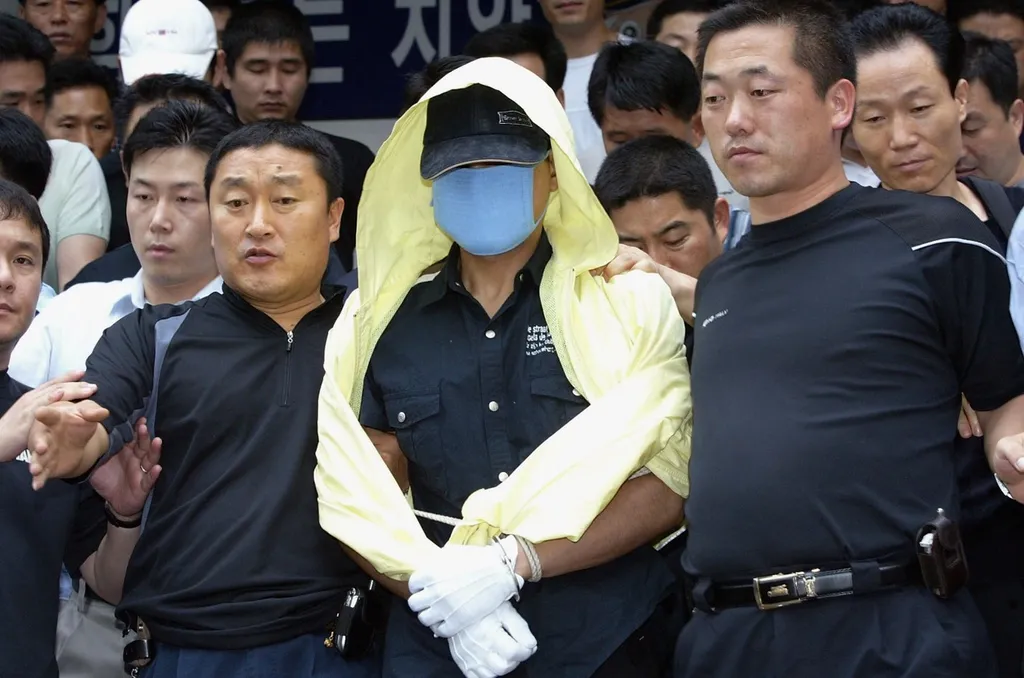The Raincoat Killer: Chasing a Predator in Korea is a gripping docuseries on Netflix that takes viewers on a haunting journey into one of the most shocking murder cases in South Korean history. In October 2003, the Korean police were confronted with a macabre scene – three brutally murdered bodies found in the house of a wealthy family. As investigators delved into the case, they discovered a series of perplexing clues that led them down a dark path of violence and terror.
The victims, all from affluent backgrounds, had their heads brutally crushed, yet no valuable items were missing from the crime scenes. This sparked a wave of fear and panic among the wealthy residents of Seoul, who began to question their safety in the city.
At the center of the investigation was criminal profiler Kwon Il Yong, whose expertise in analyzing the minds of killers became crucial in understanding the motivations and patterns of the perpetrator. As the series unfolds, viewers are taken deep into the disturbing life of one of the prime suspects – Ko Jung Won, a respected businessman with close ties to the victims. The complexity of the case is further highlighted when another similar murder occurs in Sinsa-dong, prompting detectives from the Gangnam Police Office to join the investigation.
The Raincoat Killer: Chasing a Predator in Korea offers a chilling account of the relentless pursuit of justice in the face of a mysterious and savage killer. Despite the lack of clear motives, the series takes viewers on a rollercoaster ride of emotions as they explore the psychology behind the murders and the profound impact they had on society.
The investigative process was far from easy, as the detectives faced jurisdiction issues and the intricate nature of the cases. Traditional methods such as questioning locals and analyzing the crime scenes were utilized, shedding light on the intricate web of evidence that slowly painted a picture of the Raincoat Killer’s elusive identity.
One of the key aspects explored in the docuseries is the economic situation in South Korea at the time, which contributed to a rise in crime rates. The early 2000s saw a widening wealth gap, and as financial disparity grew, so did the desperation and criminal activity within society. The Raincoat Killer’s acts of random violence highlighted the dark consequences of this economic divide.
As viewers delve deeper into the series, they witness the cat-and-mouse game between law enforcement and the Raincoat Killer. The psychological battle between the two intensifies as the investigators strive to understand the motivations behind the killings and predict the killer’s next move. The harrowing journey comes to a head as the tension reaches its peak, leaving viewers on the edge of their seats.
Ultimately, The Raincoat Killer: Chasing a Predator in Korea offers a gripping exploration of a real-life serial killer case that shook South Korea to its core. With its highly converted SEO friendly title and tags, this captivating docuseries immerses viewers into the complexities of criminal investigations and the chilling psychology of violent crimes. Through its unique and informative storytelling, it shines a light on the long-lasting impact such crimes can have on a society, reminding us of the darkness that lurks beneath the surface of our seemingly safe world.




